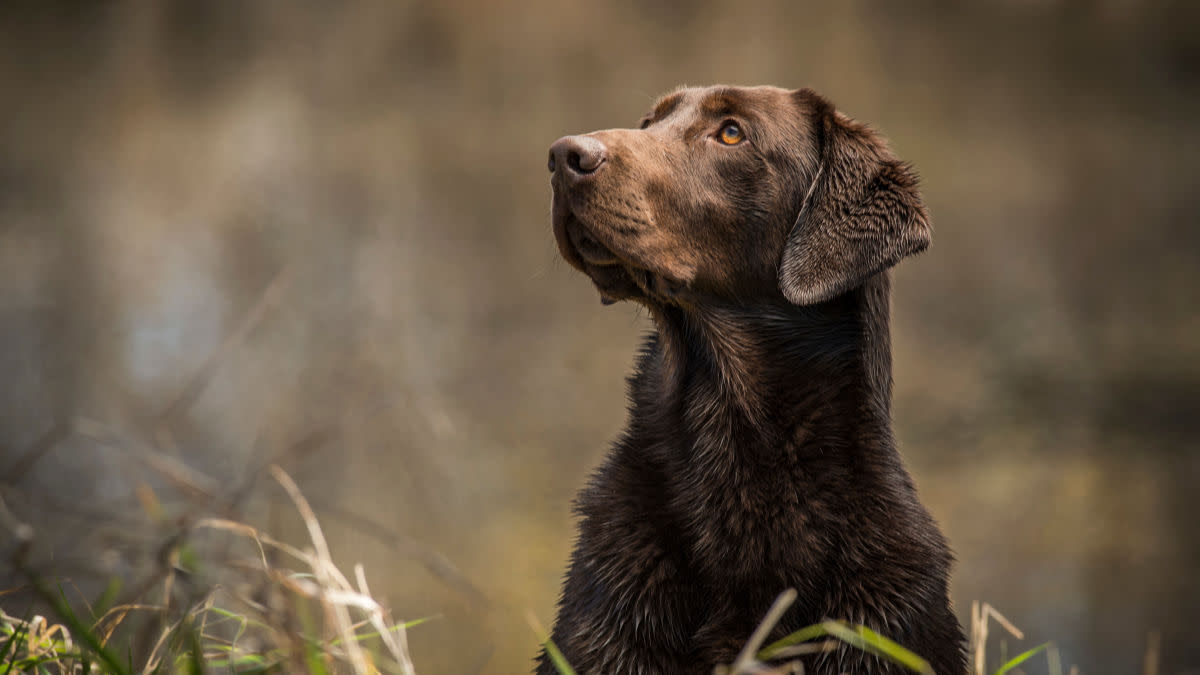
The most popular hunting dog in the country is the Labrador retriever. These do-it-all canines are the overwhelming choice for waterfowlers and upland hunters alike, and depending on how old you are, you might remember they used to only come in three colors: black, yellow, and chocolate.
Today’s Lab is available in silver, red, and champagne as well, that is, if you’re willing to loosen up your definition of what “pure-bred” means. I’ve found that many dog owners care more about coat color than professional training. Why is that?
Some of the reasons are grounded in reality, and some aren’t. For example, it was long thought that chocolate Labs weren’t as smart as blacks or yellows. While the chocolates have been found to have slightly shorter lifespans, there has been no correlation between coat color and canine intelligence.
What is correlated heavily is that breeding for appearance alone can result in a genetic dumpster fire. This is especially true if the desired color—like chocolate—can only be expressed through recessive genes. While the genotypes of individual dogs and their respective colors can throw litters of blacks, yellows, and chocolates, if you want lots of brown puppies, there is a formula that involves breeding chocolates to chocolates to chocolates.
Owner of One Shot Retrievers and professional dog trainer, Alex Brittingham, says that this is a recipe for buyer-beware situations.
“With chocolates and the demand for them, there has been a lot of breeding for looks,” Brittingham said. “This doesn’t mean you can’t have a smart chocolate that will hunt all day and learns easily, but you’re going to have to do some serious bloodline research. And when it comes to the new wave of designer Labs, just remember that they probably haven’t been bred for retrieving desire, intelligence, or athleticism. They’ve been bred to look a certain way. If you want a good hunting dog, ask yourself what traits you value the most.”
Brittingham’s point about performance is a big part of the responsible breeding equation, but it’s not the only thing to consider. If you were to look at the various breeds that have become popular throughout modern history, you’d see dogs like the American cocker spaniel and the golden retriever. Both became victims of their own demand, and the litany of behavioral and health issues that have cropped up in their general bloodlines is a good lesson for all prospective puppy shoppers.
According to Brittingham, this is something hunters can learn from. “When it comes to health clearances, you’ve got to know what you’re looking for. It’s easy to shop on color for a Lab, but not so easy to consider hips, eyes, exercise induced collapse, and other health guarantees that come with a good pedigree. Responsible breeders will have all of that squared away and available to prospective clients, and it’s often the difference between a dog that gets 12 good years of life versus something much less desirable.”
This may seem like a good case for buying a plain ol’ black or yellow Lab, but only in one respect—you’ll have many more options for quality bloodlines with either color. You can find the right pedigree in any Lab color, you’ll just have to know how to do the research, and then most likely pay up. Sometimes way up.
But, if you look past desired color and instead focus on the traits that make a hunting dog great, you’ll be able to find a good Lab, no matter what it looks like.
Feature image via John Hafner.





Conversation